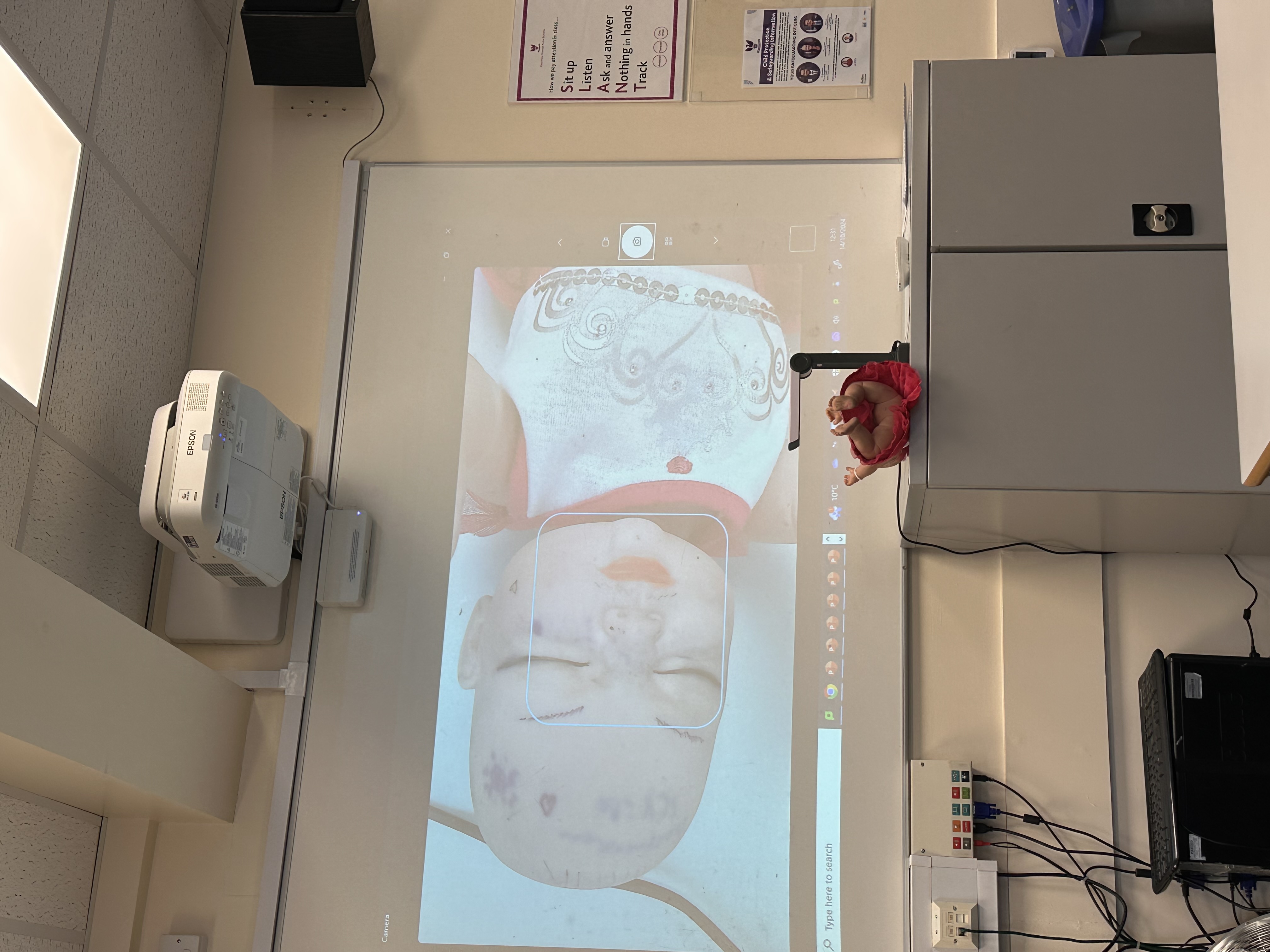The multi-store model of memory
Cards (9)
- Outline the multi-store model of memoryThe MSM of memory proposes that there are three separate memory stores including the sensory register STM and LTM and describes how information passes through these memory stores in a linear way. Environmental stimuli enter the sensory register which codes this information in a modality-specific way, has a very large capacity and a duration of 250ms. If this information is paid attention to, it transfers to the STM which codes the information acoustically, has a limited capacity of 7+/-2 items, a duration of approximately 18-30 seconds.
- Outline the MSM of memory p.2By engaging in the rehearsal loop, this information can be kept in STM however maintenance rehearsal (rehearsal over a longer period of time) will enable this information to transfer to LTM. LTM codes the information semantically, has a potentially unlimited capacity and can last for potentially a lifetime. LTMs can be brought back into STM through retrieval.
- A strength of the MSM of memory is that it has received supporting evidence.Baddeley found that participants would confuse words in STM that sound similar (suggesting they are coded acoustically) while confusing words in LTM that have similar meanings (suggesting they are coded semantically). strength because it supports the proposal that that these memory stores are coded differently - also supports the proposal that they must be separate memory stores. Therefore adds credibility.
- Limitation of the MSM is that it has also received opposing evidencea piece of research found that a patient had an impaired STM but an intact LTM. This is a limitation because although such findings support the claim that STM and LTM are separate stores, the MSM of memory proposes that information has to pass through the STM store to reach the LTM. This means that damage to their STM should have impaired their ability to transfer STMs into LTMs. As this was not the case, it questions the linear nature of the model. Therefore questions credibility.
- However, a limitation of the MSM of memory is that it overly simplified STM.one piece of research found that a patient's STM was impaired when digits were read aloud to him (verbal information), but his STM was much better if he was able to read the digits to himself (visual information). This is a limitation because it suggests that STM is not one singular store (as proposed by this model). Instead, there must be one STM to process auditory information and another to process visual information.
- the working memory model may offer a better explanation for STM.This is because the working memory model proposes that STM is made up of multiple components that are responsible for different types of information i.e. the phonological loop for auditory information and the visuo-spatial sketchpad for visual/spatial information. This could explain why the patient experienced difficulty when the digits were read to him (his phonological loop was impaired) but performed well when he was able to read the digits himself (his visuo-spatial sketchpad was intact). Therefore questions credibility.
- Limitation of the MSM of Memory is that it may be also overly simplified LTM.This is because one piece of research found that a patient known as Clive Wearing was able to remember how to play the piano but could not remember what he had done the day before. This is a limitation because it suggests that LTM is also not a singular store (as proposed by this model).
- Instead, there must be different types of LTMprocedural LTMs which refer to muscle-based memories (which was intact in the patient hence why he could remember how to play the piano) and episodic memories which refer to memories of personal events (which was impaired in the patient hence why he was unable to recall what he had done the day before). Therefore questions credibility.
- Limitation - STM transferred to LTM overly simplifiedit proposes that the more STM is rehearsed, the more likely it is to transfer to LTM. there are many cases of students who read their notes many times before an exam but still find it difficult to remember the information. limitation because researchers have argued that maintenance rehearsal is therefore sometimes not sufficient to transfer STMs to LTMs. researchers have argued that elaborative rehearsal (a deeper type of rehearsal individual thinks about the meaning) is often required to transfer STMs to LTMs. ? credibility.
